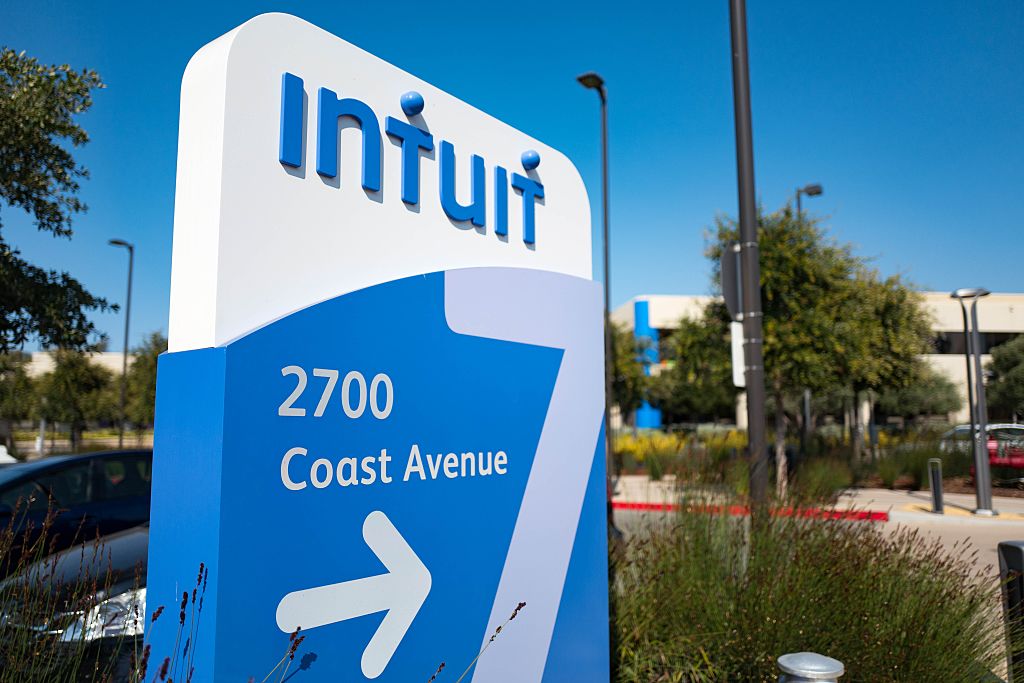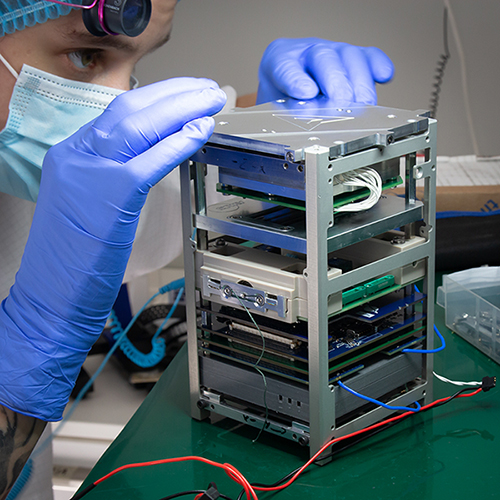- September 17, 2021
- by:
- in: Blog
In school, it’s highly unethical to copy someone else’s work and pass it off as your own. In business, however, it is expected.
Major gains in online advertising have boosted valuations for adtech startups since the pandemic began, but one insider says investors are missing the party.
“Adtech is having a moment,” writes industry veteran Casey Saran.
“And while much of the oxygen has been soaked up by large legacy companies hitting the public market, there have been smaller deals that indicate a hunger for better creative adtech.”
Saran shares five reasons “why VCs should consider ratcheting up their investment into adtech startups building the next generation of creative tools.”
Full Extra Crunch articles are only available to members
Use discount code ECFriday to save 20% off a one- or two-year subscription
On Wednesday, September 22 at 9:05 a.m PT, I’m moderating “The Path for Underrepresented Entrepreneurs,” a panel discussion at Disrupt 2021.
Our conversation will examine some of the unique challenges facing founders from historically marginalized groups, the strategies they used along the way, and the disruptive changes we need to consider if we want to see fundamental change.
I’ll be speaking with:
- Hana Mohan, founder & CEO, MagicBell
- Leslie Feinzaig, founder & CEO, Female Founders Alliance
- Stephen Bailey, co-founder & CEO, ExecOnline
I hope you’ll attend; we’ll take audience questions after our discussion concludes. Thanks very much for reading Extra Crunch this week, and have a great weekend.
Walter Thompson
Senior Editor, TechCrunch
@yourprotagonist
5 things you need to win your first customer
Congratulations on shipping your product, but how much do you know about your target customers?
Companies that haven’t created an ideal customer profile and performed a SWOT analysis are making big bets on guesswork and intuition. Sometimes that works out, but more frequently, it leads to tears.
In a guest post that walks readers through the fundamentals of creating customer personas that map to your company’s goals, Grammarly product marketing lead Bryan Dsouza shares five basic requirements for customer acquisition.
“Understanding and executing on these things can guarantee you that first customer win, provided you do them well and with sincerity,” he says.
“Your investors will also see the fruits of your labor and be comforted knowing their dollars are at good work.”
4 ways to leverage ROAS to triple lead generation
In school, it’s highly unethical to copy someone else’s work and pass it off as your own. In business, however, it is expected.
Xiaoyun TU, global director of demand generation at Brightpearl, wrote a comprehensive guide for how to use the key metric of return on advertising spend (ROAS) to triple your company’s lead generation.
“A ‘good’ ROAS score is different for each company and campaign,” she says. “If your figure isn’t where you’d like it to be, you can leverage ROAS data to create targeted campaigns and personalized experiences.”
3 strategies to make adopting new HR tech easier for hiring managers
Most of us prefer to trust our instincts instead of letting automated tools help us make decisions, particularly when it comes to hiring. But that’s not smart.
If your startup relies on an ad hoc hiring process, you’re probably not tracking candidates properly, there’s likely little consistency regarding how they’re treated, and bias can play a major role in who gets hired.
It’s fine to be skeptical of automated hiring tools — but not ignorant.
What could stop the startup boom?
In yesterday’s edition of The Exchange, Anna Heim and Alex Wilhelm speculated about the conditions that could combine to cool off a hot startup market currently fueled by low interest rates and a sweeping digital transformation.
“From where we stand, the factors underpinning the startup fundraising boom appear solid and unlikely to unwind overnight. Still, no golden period shines forever, and even today’s luster will eventually tarnish.”
Intuit’s $12B Mailchimp acquisition is about expanding its small business focus

Image Credits: Smith Collection/Gado / Getty Images
Before news broke this week that Intuit was acquiring Mailchimp for $12 billion, the ’80s-born fintech giant’s biggest buy was spending $7.1 billion last year for Credit Karma.
In the last few years, Mailchimp “has been expanding upon its core email marketing functionality” with offerings like web design and CRM, writes enterprise reporter Ron Miller.
The industry watchers he interviewed said the move signals Intuit’s interest in acquiring and serving more SMB customers with a variety of tools:
- Laurie McCabe, co-founder and partner, SMB Group
- Brent Leary, founder and principal analyst, CRM Essentials
- Holger Mueller, analyst, Constellation Research
Forge’s SPAC deal is a bet on unicorn illiquidity
“One of my favorite long-term issues with the late-stage startup market is that it is far better at creating value than it is at finding an exit point for that accreted value,” Alex Wilhelm writes for The Exchange. “More simply, the startup market is excellent at creating unicorns but somewhat poor at taking them public.”
That’s good news for Forge Global, a technology startup that operates a market for secondary transactions in private companies, with Alex dubbing its plans to go public via a SPAC combination “perfectly reasonable.”
Dear Sophie: Should I apply for citizenship if I have a conviction?

Image Credits: Bryce Durbin/TechCrunch
Dear Sophie,
At Burning Man a few years ago, I was arrested and charged with a misdemeanor for smoking marijuana in public (in my car) and driving under the influence.
I currently have a green card and want to apply for U.S. citizenship next year.
Can I? If so, how should I handle my criminal record?
— Remorseful About the Reefer
Atlanta’s sundry startups join in global VC funding boom
Alex Wilhelm and Anna Heim continued their tour of U.S. cities after hitting up Chicago and Boston in recent weeks.
This time, they dug into Atlanta’s booming startup scene, which is seeing record capital inflows.
“The picture that forms is one of a city enjoying a rising tide of venture activity, boosted by some local dynamics that may have helped some of its earlier-stage companies scale for cheaper than they might have in other markets,” they write.














